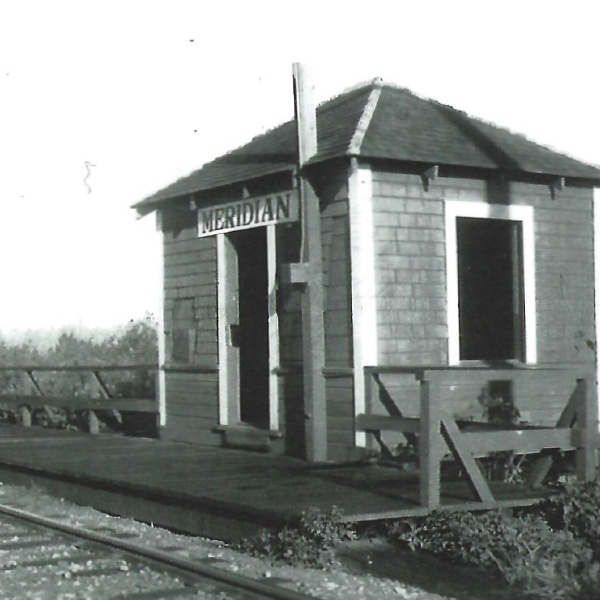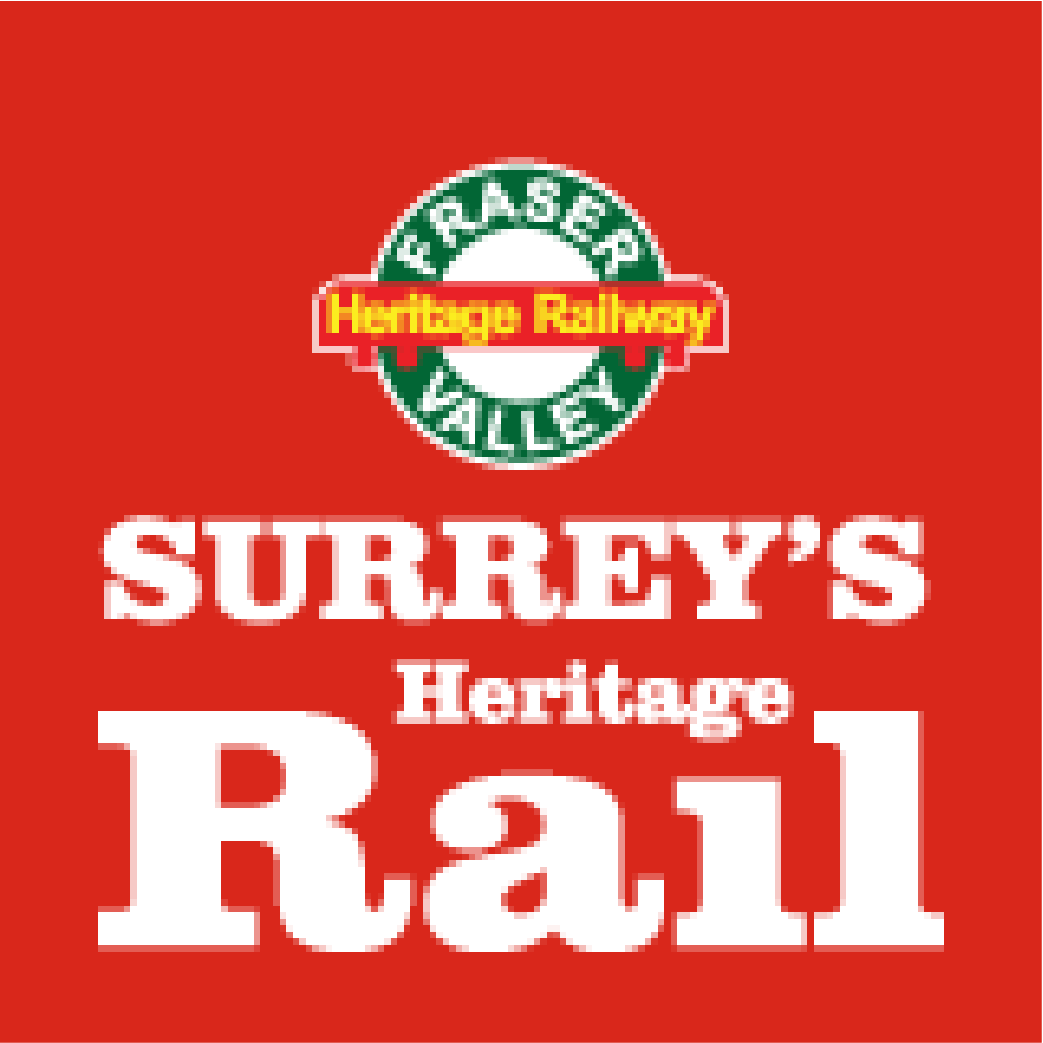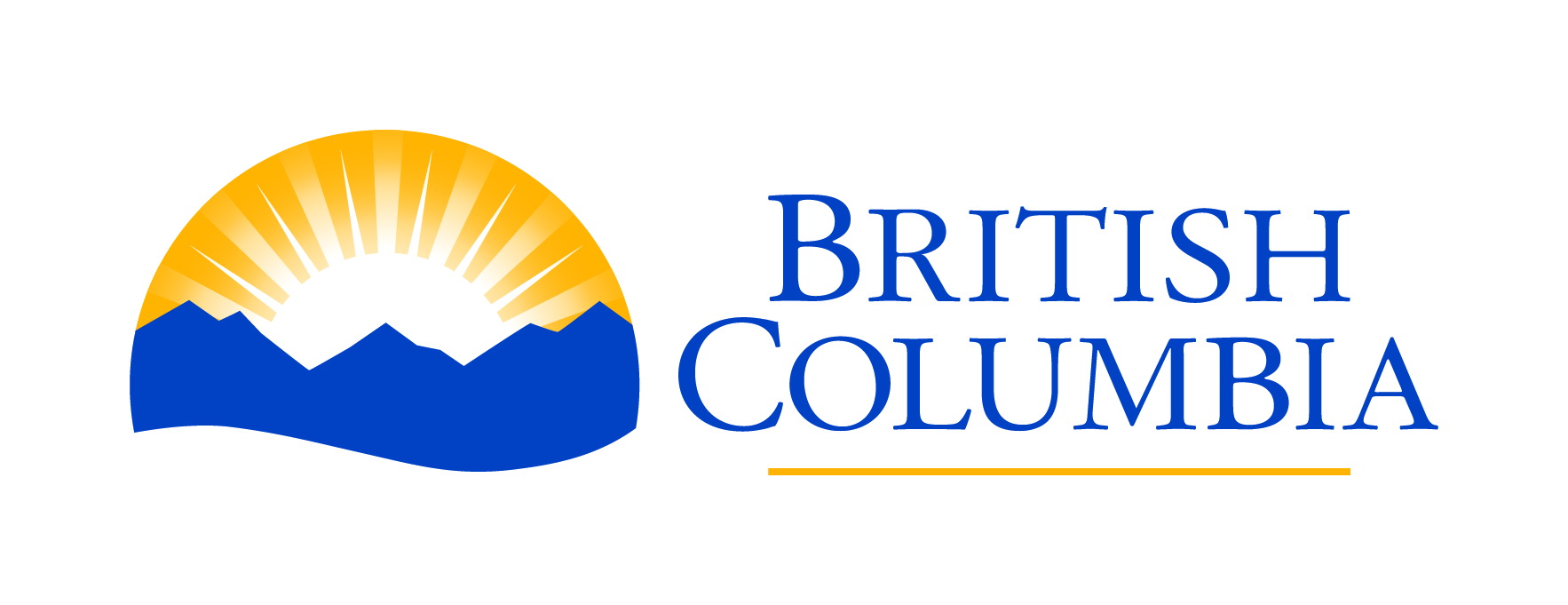Meridian Station
By Henry Ewert, FVHRS Historian in Residence
During the forty years (1910 to 1950) of passenger interurban railway service on the B.C. Electric’s 76-mile line from Vancouver to Chilliwack, few flag stops were as busy as Meridian, precisely one mile – two minutes west of Cloverdale station. It was located on the west side of 168th Street on the north side of the track, just south of to-day’s Highway 10.
In fact, 168th Street was called Coast Meridian Road until 1957, when roads were changed to numbers, ”streets” for those coursing north-south, ”avenues” for the east-west ones. It is this very road, which was surveyed and laid out by the Royal Engineers, sent from Britain to assist, among other projects, in surveying, the International Border along the 49th parallel. From the border north, under the direction of Joseph Trutch, the Coast Meridian was surveyed and cut in 1859-60, thereby becoming the baseline axis from which subsequent surveys of the Fraser Valley – let alone Surrey, yet to come – would be measured.
Meridian as an interurban station drew from two significant communities along the Coast Meridian, then vegetable-farm-rich Kensington Prairie to the south, with its splendid school building still remaining, and Surrey Centre to the north, its Anglican church (Surrey’s first church) and the Boothroyd home (Boothroyd Heritage Coffee today), still flourishing beautifully. (Unfortunately, its historic Orange Hall was recently demolished.) Daily, the inter-urban dropped off and picked up mail to and from Surrey Centre’s post office.
The station building as originally constructed in 1910 was identical to our replica Sullivan station; however, as its outer section naturally deteriorated through the years, to reduce maintenance costs, that section was removed, leaving the structure as in the accompanying photograph from 1950. Meridian was equipped with a siding having a capacity of eight railway cars, as well as with a telephone facility for employees. As a result of its appropriate location, Meridian throughout the years of interurban service was invariably a busy hub during train time.
By Henry Ewert, FVHRS Historian in Residence
During the forty years (1910 to 1950) of passenger interurban railway service on the B.C. Electric’s 76-mile line from Vancouver to Chilliwack, few flag stops were as busy as Meridian, precisely one mile – two minutes west of Cloverdale station. It was located on the west side of 168th Street on the north side of the track, just south of to-day’s Highway 10.
In fact, 168th Street was called Coast Meridian Road until 1957, when roads were changed to numbers, ”streets” for those coursing north-south, ”avenues” for the east-west ones. It is this very road, which was surveyed and laid out by the Royal Engineers, sent from Britain to assist, among other projects, in surveying, the International Border along the 49th parallel. From the border north, under the direction of Joseph Trutch, the Coast Meridian was surveyed and cut in 1859-60, thereby becoming the baseline axis from which subsequent surveys of the Fraser Valley – let alone Surrey, yet to come – would be measured.
Meridian as an interurban station drew from two significant communities along the Coast Meridian, then vegetable-farm-rich Kensington Prairie to the south, with its splendid school building still remaining, and Surrey Centre to the north, its Anglican church (Surrey’s first church) and the Boothroyd home (Boothroyd Heritage Coffee today), still flourishing beautifully. (Unfortunately, its historic Orange Hall was recently demolished.) Daily, the inter-urban dropped off and picked up mail to and from Surrey Centre’s post office.
The station building as originally constructed in 1910 was identical to our replica Sullivan station; however, as its outer section naturally deteriorated through the years, to reduce maintenance costs, that section was removed, leaving the structure as in the accompanying photograph from 1950. Meridian was equipped with a siding having a capacity of eight railway cars, as well as with a telephone facility for employees. As a result of its appropriate location, Meridian throughout the years of interurban service was invariably a busy hub during train time.
FVHRS is 100% Volunteer-run
We are actively looking for volunteers to help support the activities and operations of the society.
You don’t need to be an engineer to get involved! Click here to learn more.
Follow Us!










